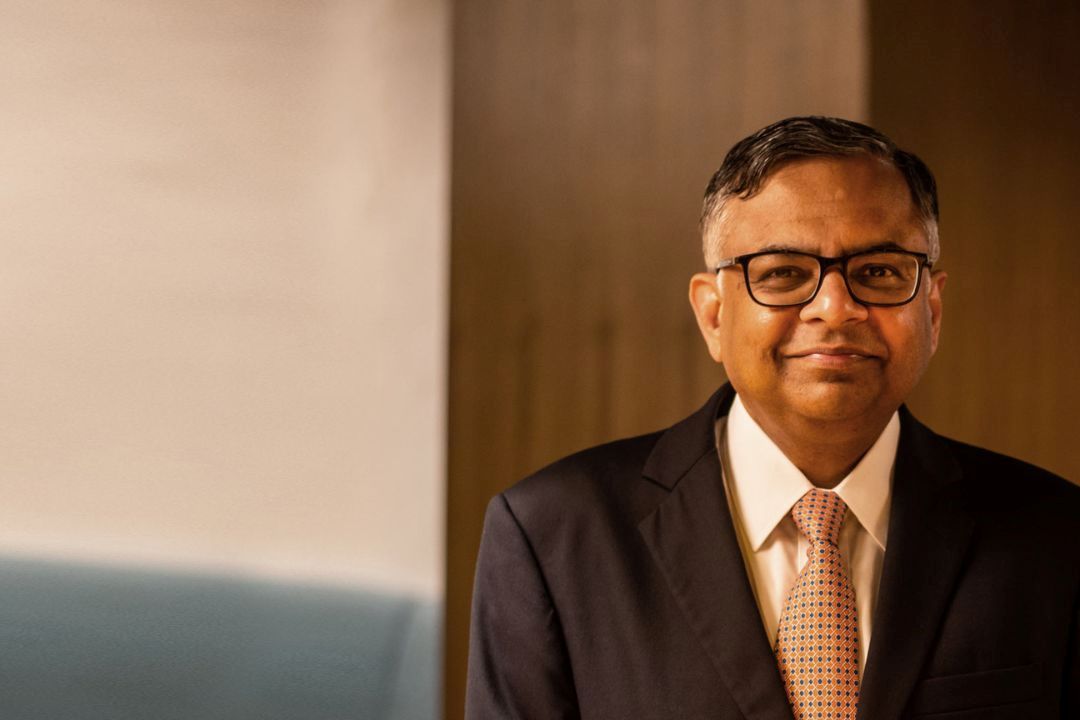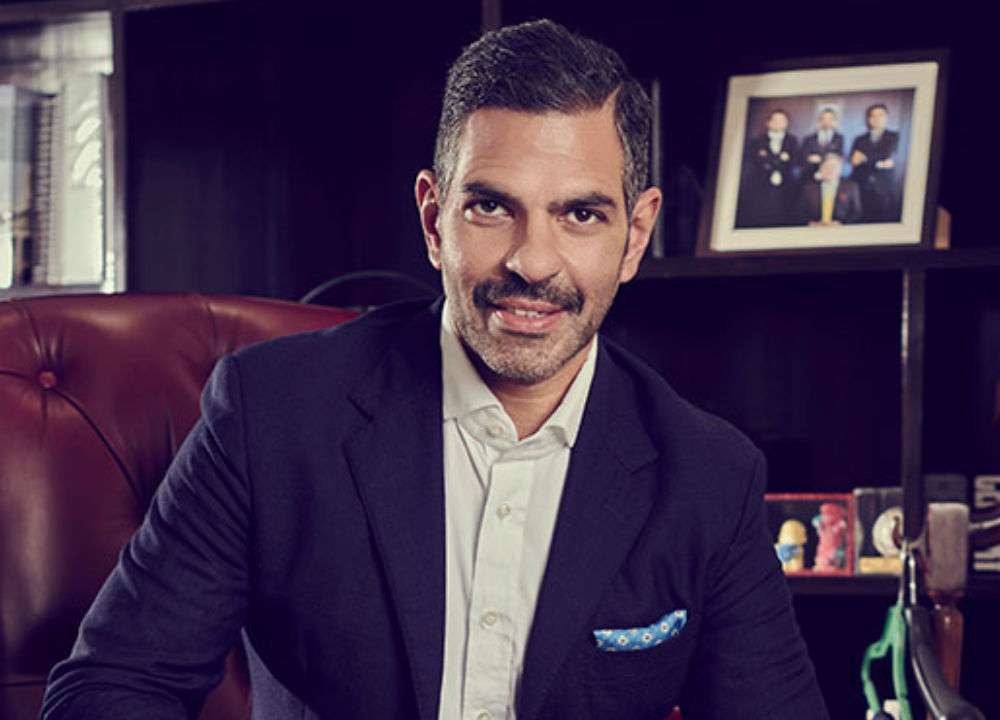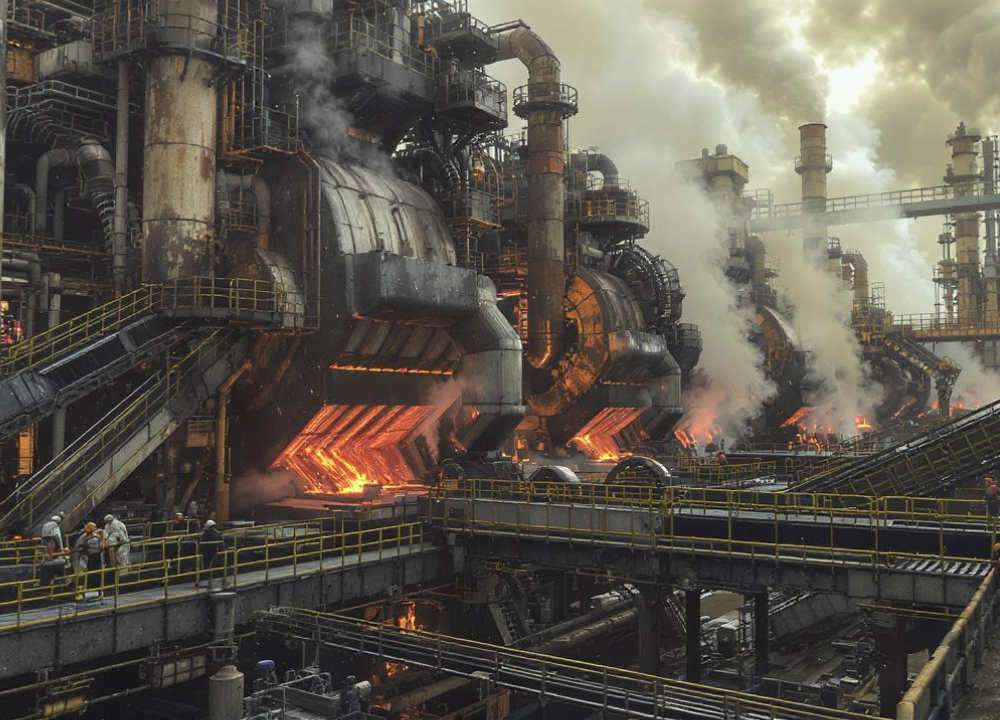India is entering a transformative era in manufacturing, with global supply chains increasingly favoring the country, according to Tata Sons Chairman N Chandrasekaran. In his New Year message to employees of the Tata Group, Chairman N. Chandrasekaran described 2025 as heralding “a new manufacturing golden age for India” and expressed optimism about the future despite the challenges of 2024, a year marked by the loss of Tata Group Chairman Emeritus Ratan Tata.
“AI-led breakthroughs in healthcare and mobility have the potential to benefit all of humanity, but manufacturing holds the key to transforming India’s economy,” he wrote.Chandrasekaran noted that global supply chains are increasingly shifting in India’s favor as the world’s largest companies seek to balance resilience with efficiency. What initially appeared to be a short-term response to the pandemic, he said, has evolved into a lasting trend.
Amid persistent geopolitical instability, he observed, “The equation has tilted firmly toward resilience, and India, with its vast talent pool and expanding manufacturing capacity, is well-positioned to gain.” Reaffirming Tata Group’s commitment to creating 5 lakh manufacturing jobs over the next five years, he highlighted investments in projects aimed at producing critical technologies such as batteries, semiconductors, electric vehicles, and solar equipment, which are set to play a central role in India’s future economy.
He emphasized the groundbreaking work already underway at over seven new manufacturing plants, including India’s first semiconductor fab in Dholera, Gujarat, and a semiconductor OSAT facility in Assam. Other initiatives include an electronics assembly plant in Narasapura, Karnataka; an automotive facility in Panapakkam, Tamil Nadu; and new MRO centers in Bengaluru. He also mentioned new battery cell manufacturing plants in Sanand, Gujarat, and Somerset, UK, as well as solar module production in Tirunelveli, Tamil Nadu, and the inauguration of the C295 final assembly line in Vadodara, Gujarat.
The manufacturing jobs, Chandrasekaran said, will be supplemented by additional employment opportunities across sectors such as retail, tech services, airlines, and hospitality. He highlighted manufacturing’s “powerful multiplier effects,” particularly the significant indirect employment generated by industries like semiconductor manufacturing.
Reflecting on 2024, he described it as an unpredictable year shaped by geopolitical instability, ongoing conflicts in Ukraine, Gaza, and Sudan, and citizen-led movements in countries such as Bangladesh and South Korea. While noting a modest improvement in the macroeconomic outlook, he pointed to continued disruptions in domestic and global trade policies, with tariffs regaining prominence.
For Chandrasekaran, 2024 was deeply personal due to the loss of Ratan Tata. “This was the year we said goodbye to a man whose integrity, vision, and leadership defined our Group for a generation,” he said. He expressed gratitude for Tata’s legacy, adding that strategic bets made under his guidance, particularly in hi-tech industries, are now yielding results.
Turning to technology, Chandrasekaran observed a reversal in the traditional relationship between science and technology. Historically, scientific breakthroughs fueled technological progress, as seen in quantum mechanics’ role in shaping the digital age. Today, advancements in technology are increasingly driving scientific discoveries.
He cited the 2024 Nobel Prize in Chemistry, awarded to developers of an AI model that predicts protein structures, as an example of how computational tools are transforming fields like drug discovery. Determining the 3D structure of a protein, once a year-long process, can now be done with remarkable accuracy in minutes using AI.
Chandrasekaran highlighted AI’s transformative potential in healthcare, from diagnosing and understanding diseases to expanding access to care. He also noted its growing applications in environmental research and mobility. “We will continue to see significant acceleration in the use of AI across these critical fields,” he said.
Looking ahead to 2025, he expressed confidence in India’s economy and optimism about the opportunities presented by the technological and manufacturing advancements of the era. “Our immense pool of young talent will not only contribute to India’s future but will actively build it, with their hands and their minds,” he concluded.








